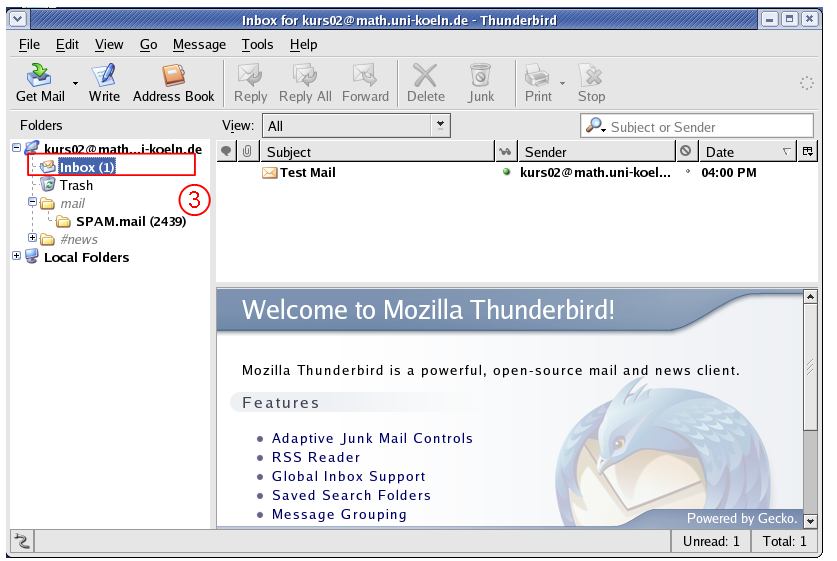
SPAMASSASSIN THUNDERBIRD PC
In April 2004, PC Magazine reported that 67% of all email is spam. Spam email has increased in volume as the Internet has developed. This sparked the beginning of spam as it is now experienced. The resultant outcry from Usenet users included the coining of the term 'spam', when one respondent wrote "Send coconuts and cans of Spam to Cantor & Co.". Spam really took off in 1994 when an Arizona attorney, Laurence Carter, automated the posting of messages to many internet newsgroups (Usenet) to advertise his firm's services. This email was sent using the Arpanet, and caused an immediate response from the chief of the Arpanet, Major Raymond Czahor, at the violation of the non-commercial policy of the Arpanet. The first spammer was a DEC engineer called Gary Thuerk who invited recipients of his email to attend a product presentation. Government funded Arpanet, as it was called then. The first spam email was sent on May 3rd, 1978, when the U.S. Spam has been part of the Internet from a relatively early stage in its development.
SPAMASSASSIN THUNDERBIRD SOFTWARE
Special anti-virus software can and should be used to protect your inbox from other undesirable emails. Spam is subjective, and a message considered spam by one recipient may be welcomed by another.Īnti-spam tools can be partially effective in blocking malware, however, they are best at blocking spam. Emails that are not spam are often referred to as ham, particularly in the anti-spam community. Email viruses, trojan horses, and other malware (short for malicious software) are not normally categorized as spam either, although they share some common traits with spam. One example of this would be an endless list of jokes sent from acquaintances. The term 'spam email' generally precludes email from known sources, regardless of however unwanted the content is. Spammers also run their own online businesses and market them using spam email. Companies pay spammers to send emails on their behalf, and the spammers have developed a range of computerized tools and techniques to send these messages. People who specialize in sending spam are called spammers. Spam generally promotes Internet-based sales, but it also occasionally promotes telephone-based or other methods of sales too. Often the terms junk email, Unsolicited Bulk Email (UBE), or Unsolicited Commercial Email (UCE) are used to refer to spam email. Spam email is unwanted, uninvited, and inevitably promotes something for sale. It has normally been used to refer to unwanted email or Usenet messages, and it is now also being used to refer to unwanted Instant Messenger (IM) and telephone Short Message Service (SMS) messages. I have a choice between Horde Groupware 5.2.14, Roundcube (I can’t find the version number) and SqirrelMail (I can’t find the version number), though I prefer to use Roundcube.Spam, in computing terms, means something unwanted. My domain host currently uses cPanel 64.0.22. all of the e-mail addresses I have created), so that spam is automatically moved to Roundcube’s “Junk” folder and will this occur prior to my e-mail hitting my IMAP clients (e.g. How do I configure SpamAssassin for my entire domain (i.e.

When I login to cPanel with domain admin credentials, it says that SpamAssassin is enabled, however I clearly continue to get spam in my inbox (otherwise I wouldn’t even be posting this), even whilst my webmail is open in my browser (this occurred as I was typing this).

One of the user accounts in particular gets a lot of spam and I would like minimise the impact of this by redirecting spam to the “Junk” folder in Roundcube (or the respective equivalent in Horde/SquirrelMail). one of the e-mail addresses I have created) will give me access to whatever cPanel features I’ve enabled/installed (e.g. My domain host – netregistry (Australia) – hosts my domain using cPanel… I can login as an with my domain admin credentials and access all of which cPanel offers, whilst logging with with user credentials (i.e.


 0 kommentar(er)
0 kommentar(er)
